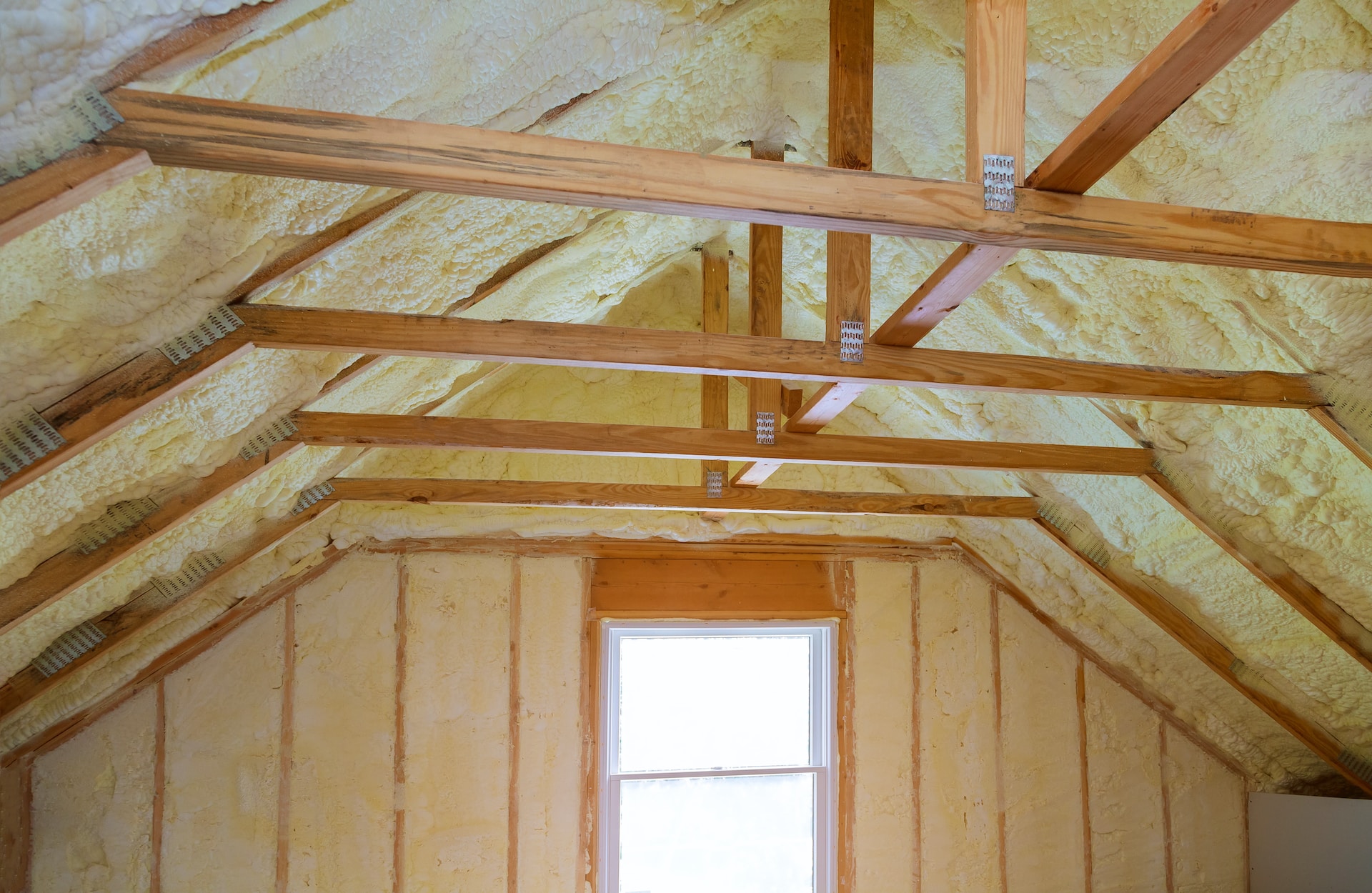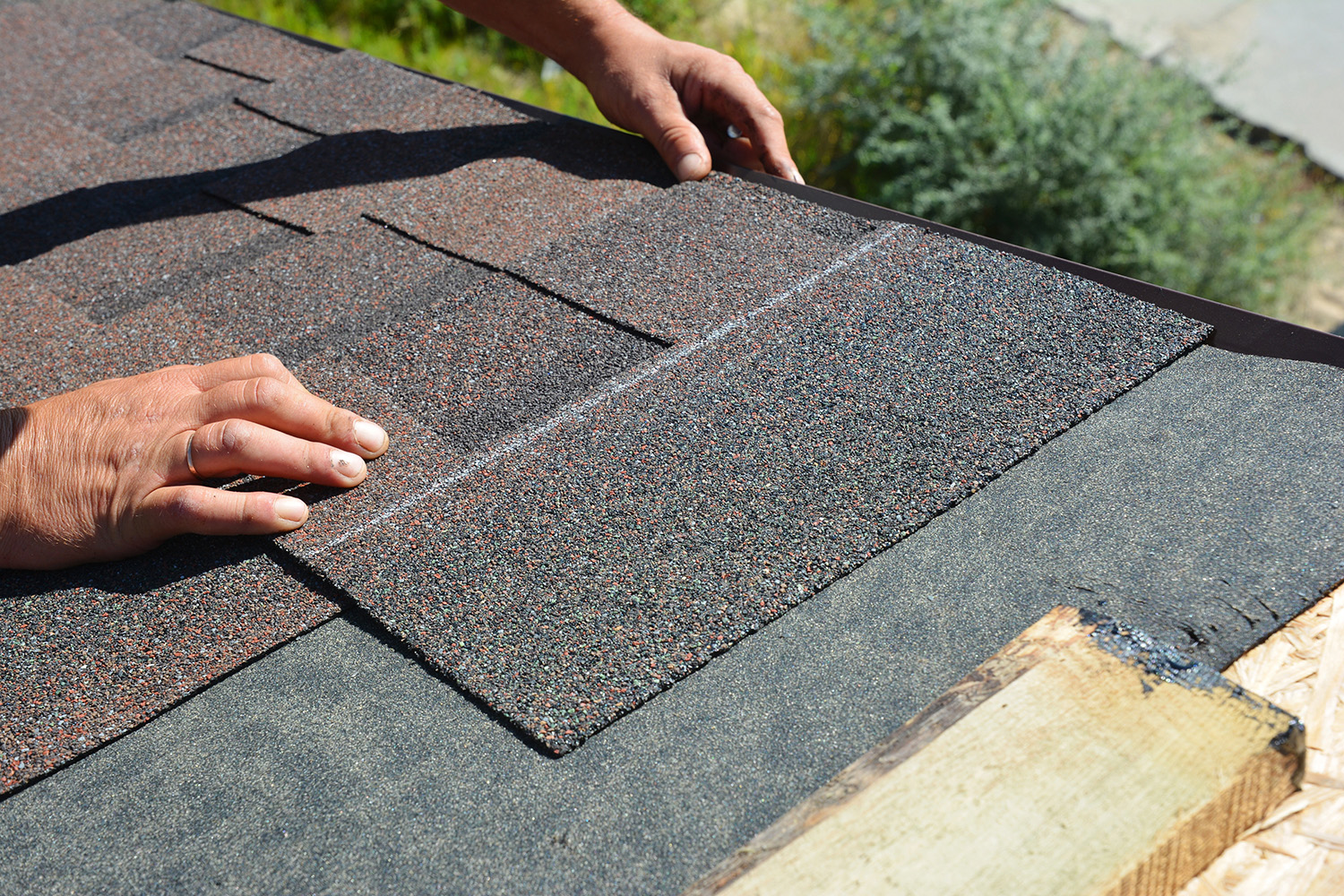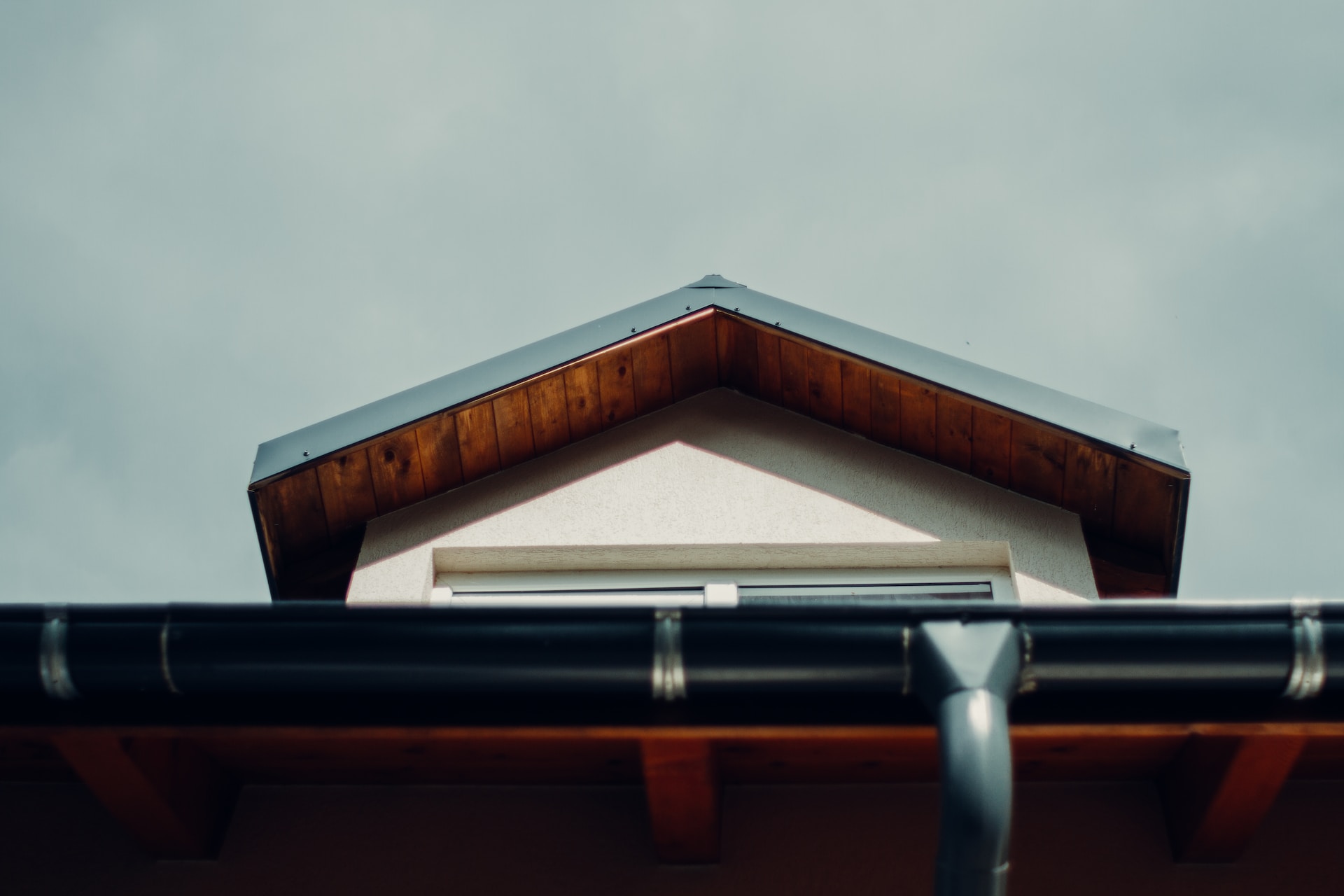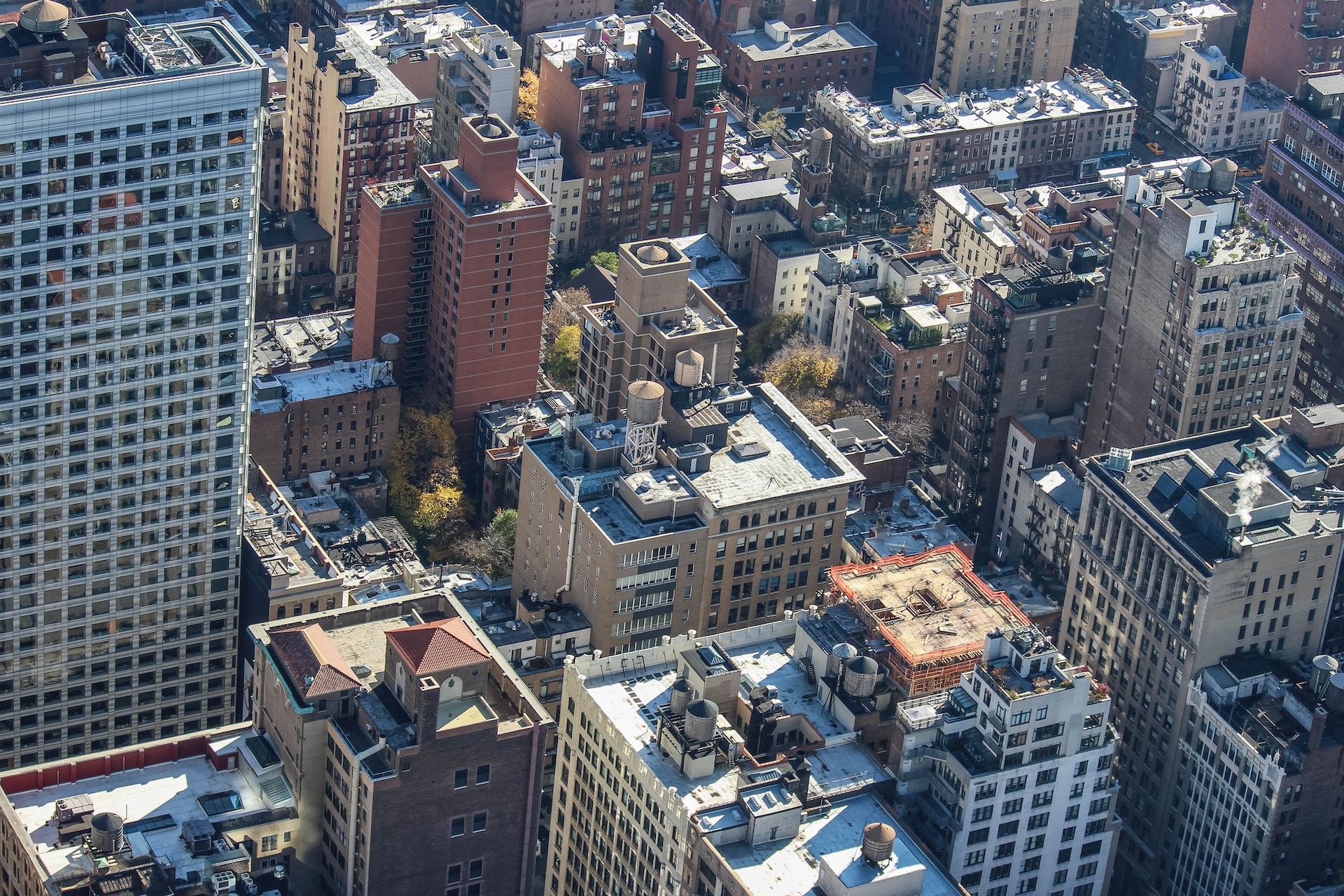With energy costs continually on the rise, homeowners are constantly searching for ways to save money on their utility bills. One area of the home that is often overlooked regarding energy efficiency is the attic.
Proper attic ventilation is critical for a comfortable living environment and can help you save money in the long run. In this article, we will discuss five ways that proper attic venting can help you save money.
1. Reducing Energy Costs
A well-ventilated attic allows for better air circulation, which can significantly reduce your home’s energy costs. In the summer, a properly ventilated attic will help keep your home cooler by letting hot air escape. This means that your air conditioning system will not have to work as hard to maintain a comfortable temperature inside your home, resulting in lower energy bills.
In the winter, proper attic ventilation will help hinder warm air from becoming trapped in the attic, which can lead to heat loss through the roof. By allowing warm air to escape, your heating system will not have to work as hard to keep your home warm, which can help to lower your heating costs.
2. Preventing Moisture Problems
A poorly ventilated attic can lead to various moisture-related problems, such as mold, mildew, and wood rot. These issues can be costly and negatively impact your home’s air quality. Ensuring that your attic is adequately ventilated can help prevent moisture from becoming trapped in the space, reducing the risk of these problems.
In addition to preventing moisture problems, proper attic ventilation can help reduce the risk of ice dams solidifying on your roof during winter. Ice dams can cause sizable damage to your roof and gutters, and repairing this damage can be expensive.
By allowing cold air to circulate through your attic, you can help to prevent warm air from becoming trapped and causing ice dams to form.
3. Extending the Life of Your Roof
Proper attic ventilation can also help to extend the life of your roof. When hot air becomes trapped in your attic during the summer months, it can cause the temperature of your roof to rise significantly.
This can lead to premature aging of your roofing materials and warping and cracking. By allowing hot air to escape from your attic, you can help to keep your roof cooler and extend its lifespan.
4. Improving Indoor Air Quality
A well-ventilated attic can also help to improve your home’s indoor air quality. As mentioned earlier, proper attic ventilation can help to prevent mold and mildew growth by reducing moisture levels in the space. Mold and mildew can unleash spores into the air, negatively impacting your home’s air quality and potentially causing health issues for you and your family.
In addition to mold and mildew, a poorly ventilated attic can lead to a buildup of allergens, such as dust and pollen. Ensuring your attic is properly ventilated can help improve your home’s indoor air quality and maintain an optimal living environment for you and your family.
5. Increasing Your Home’s Resale Value
Finally, proper attic ventilation can help to increase your home’s resale value. A well-ventilated attic is an attractive feature to potential buyers, as it shows that the home has been well-maintained and is less likely to have moisture-related problems. Additionally, a properly ventilated attic can help improve a home’s energy efficiency, another appealing factor to potential buyers.
Conclusion
Proper attic ventilation is essential to maintaining a comfortable and energy-efficient home. By ensuring that your attic is well-ventilated, you can save money on your energy bills, prevent costly moisture-related problems, extend the life of your roof, improve your home’s indoor air quality, and potentially increase your home’s resale value. Proper attic ventilation is smart for any homeowner looking to save money and protect their investment.
Don’t wait any longer to improve your home’s attic ventilation! Contact J. Carnes & Son Roofing today to discuss your attic venting needs with our expert team. With years of experience and a commitment to quality, we’ll ensure your attic is properly ventilated, providing you with all the benefits discussed above. Contact us today for a free consultation.




